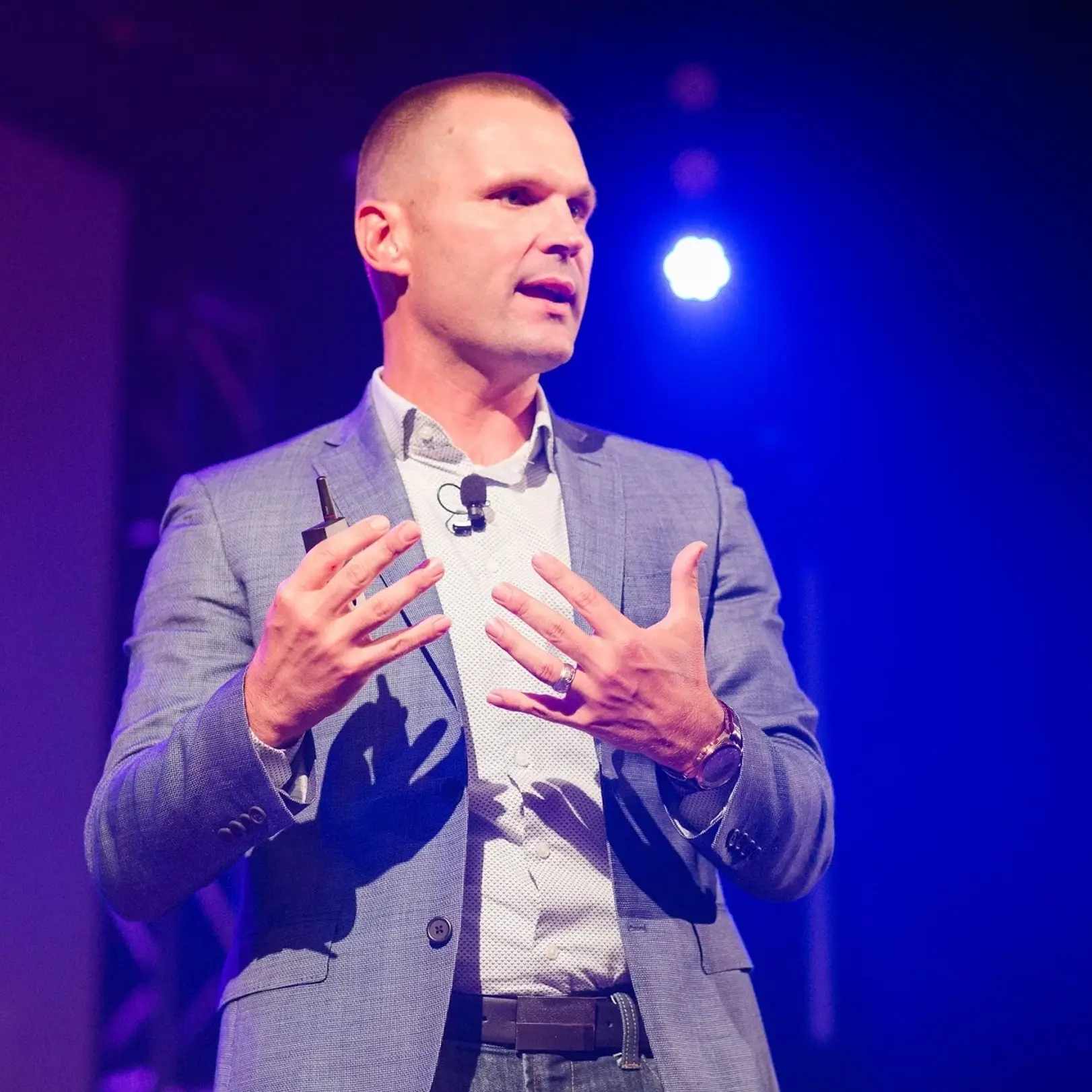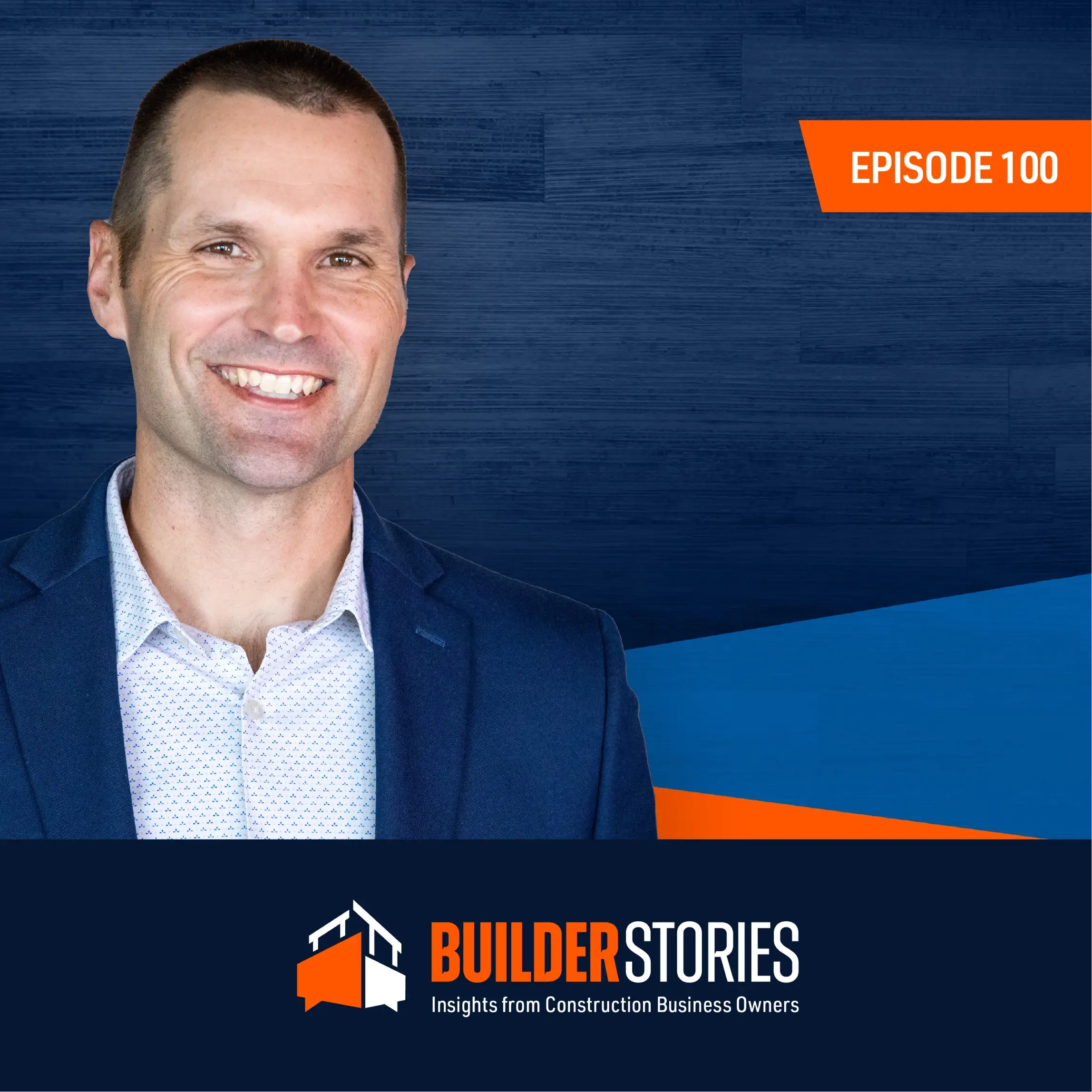How to Build a Brand People Trust in the Age of AI

By leaning into the hard questions that others avoided, Marcus Sheridan built a marketing powerhouse.
2008 was a terrible year for the swimming pool industry, and no one felt that more than Marcus Sheridan. After launching River Pools in 2001, the historic recession was threatening the very existence of his business. In response to the tough economy, Sheridan began answering customer’s questions on the company website with radical honesty. The result was explosive growth, and national attention.
Eventually, Sheridan stepped away from day-to-day operations to launch Impact, a sales and marketing training company.
In a recent conversation on the JobTread podcast, “Builder Stories,” he broke down the core principles that guided both businesses. Sheridan’s philosophy is built around four habits that separate the most trusted brands from the rest: say what others will not say, show what others will not show, sell how others will not sell, and be more human than the competition.
Below is a deeper dive into each principle.
Say What Others Won’t Say
“We are so afraid of losing the sale that we refuse to talk about the very things that buyers want to understand,” Sheridan says.One of the first steps he took for River Pools was writing an article titled How much does a fiberglass pool cost? Despite concerns from colleagues, it quickly became the page with the most website traffic in the entire industry, Sheridan recalls.
This is because many business leaders aren’t willing to publish prices or even how they come up with the amounts they charge, he says. “It’s a massive mystery, which pisses people off.”

Don’t miss Marcus Sheridan’s keynote at JobTread Connect on January 14 - 16th!
Register Now!The moment a consumer identifies a need, whether it’s a car repair or the desire for a swimming pool, the first question that comes to mind is the cost. That is the gateway to the buyer’s journey, according to Sheridan, and many homeowners won’t pass through that gate without clear information. “They need someone to open that gate for them,” he says. Rather than advocating for exact numbers, Sheridan urges company owners to provide a clear range as well as the variables that drive a project’s costs up or down.
Show What Others Won’t Show
Trust is largely visual, Sheridan says. Show an experience, and you’ll reduce uncertainty. “The best sales tool in the world is video, and yet, most companies aren’t using it.”
Sheridan argues that every business should have videos that answer questions, address concerns, and show the customer experience from start to finish.Moreover, the brands that win with video don’t just add it to their homepage. Instead, they build a culture around showing what others hide, and give buyers access to their people, processes, and true perspectives.
Sell How Others Won’t Sell
Traditional sales techniques won’t work in today’s market, Sheridan says. Instead, buyers want more control. A big part of that comes with what he calls “self service.” These include features like pricing calculators, consumer-led design tools, and self assessments that allow homeowners to experiment with options without the pressure of a salesperson in the room. The end result is a higher close rate, and fewer instances of meeting with potential buyers who end up being the wrong fit.
Be More Human Than the Competition
“People buy from people they trust,” Sheridan says. And trust comes from authenticity and the ability to empathize with another person.
He emphasizes the importance of showing personality in every customer interaction. This includes sending videos rather than text-based emails and showing candid, behind the scenes shots of your team rather than the standard group photos.
“The rise of AI created content has made it easy to sound generic and forgettable. Buyers feel that,” Sheridan says.
Instead, use AI tools to augment your own voice, not replace it. He sees artificial intelligence as a support tool for amplifying what you’ve already said. “AI is not here to replace your voice,” he said. “It’s here to help you use your voice more effectively.”


